New monument and museum dedicated to the Imperial Family opened in Dno
Click HERE to watch a VIDEO of the unveiling and consecration of the monument, followed by a tour of the new museum dedicated to Nicholas II and his family, located in the Church of the Holy Royal Passion-Bearers in Dno. Duration: 2 minutes, 30 seconds
***
On 26th December 2024, a new monument to Emperor Nicholas II and his family was installed and consecrated on the grounds of the Church of the Holy Royal Passion-Bearers in the Russian city of Dno, situated 114 km from Pskov. In addition, a museum dedicated to the Imperial Family was officially opened and consecrated.
A Divine Liturgy was conducted in the new Church of the Holy Royal Passion-Bearers (constructed in 2023) by Metropolitan Matthew of Pskov and Porkhov.
The sculptural composition was made by Moscow sculptor Vladimir Gennadievich Ivanov [b. 1983], and took one year to complete. According to him, the bronze monument weighs three and a half tons, and stands almost four and a half meters [almost 15 feet] in height. Each of the seven members of the Imperial Family is depicted holding a cross.
Following the liturgy, a new monument of Emperor Nicholas II and his family was unveiled and consecrated on the grounds of the church. In addition, a museum dedicated to the history of the life of the Imperial Family [see photo below] was officially opened and consecrated. The museum is located in the basement of the church – which can be seen in the video at the top of this post. Admission is FREE to all.
Recall that the Dno railway station became the penultimate point of the Imperial Train, which was transporting the Tsar to Petrograd on 14th (O.S. 1st) March 1917. From here, Nicholas II was forced to Pskov, where the following day, he signed his abdication from the throne. As Bishop Matthew noted during the opening of the museum in the basement of the church, “these events became a turning point in the history of the country”.
Recall that earlier this month a mural of the pre-war railway station at Dno was recreated on the building of the museum and exhibition center in Dno. The mural was created In memory of Emperor Nicholas II’s historic stop at Dno in March 1917, the day before he abdicated the throne.
© Paul Gilbert. 27 December 2024
***

Paul Gilbert’s Romanov Bookshop on AMAZON
I have published nearly 50 titles to date through AMAZON – featuring one of the largest selections of books on Nicholas II, the Romanov dynasty and the history of Imperial Russia.
Please CLICK on the BANNER or LINK above to review my current selection of titles in hardcover, paperback and ebook editions. Listings provide a full description for each title, pricing and a Look inside feature.
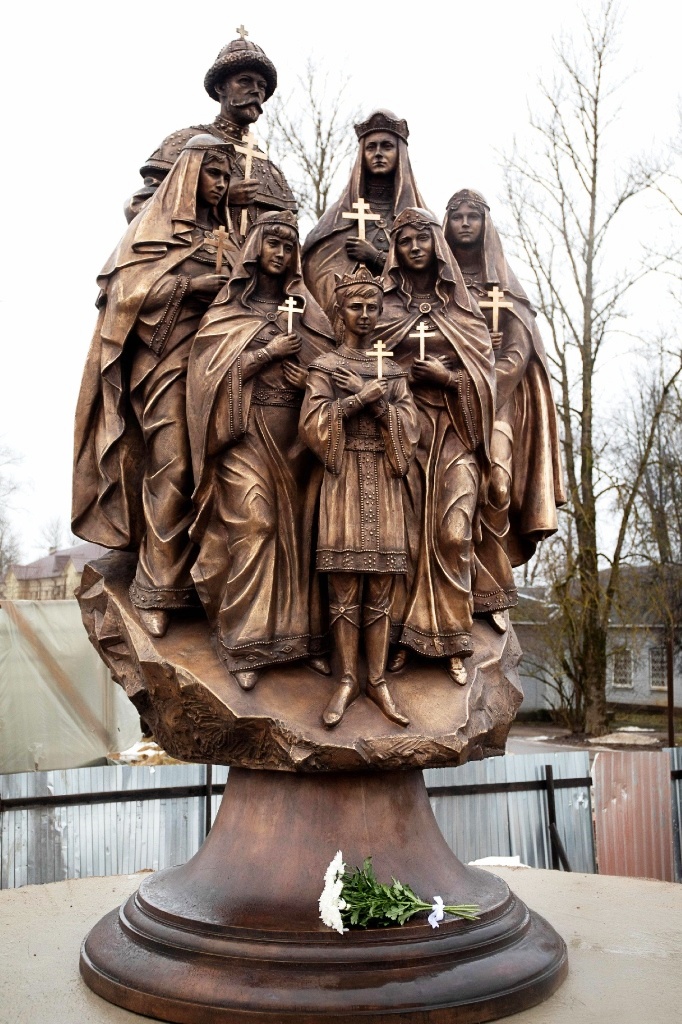
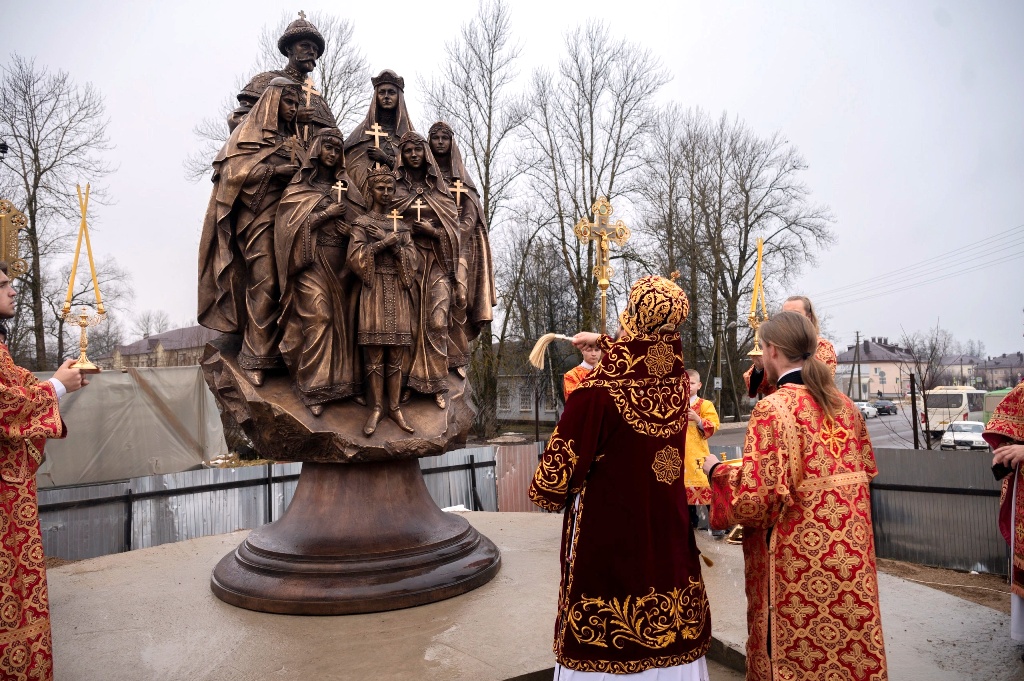
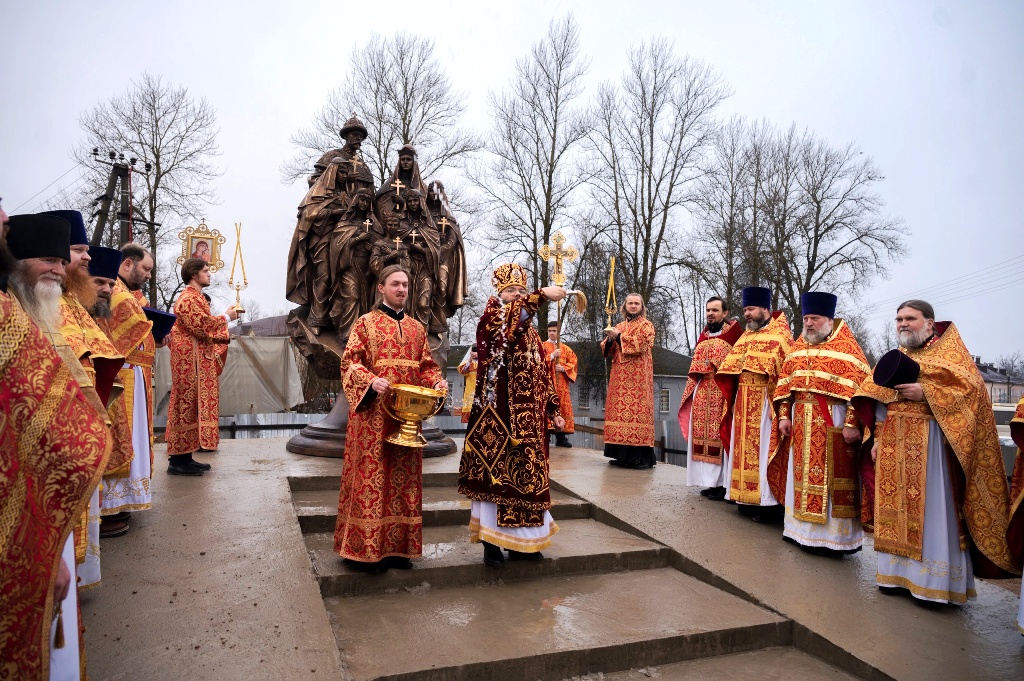
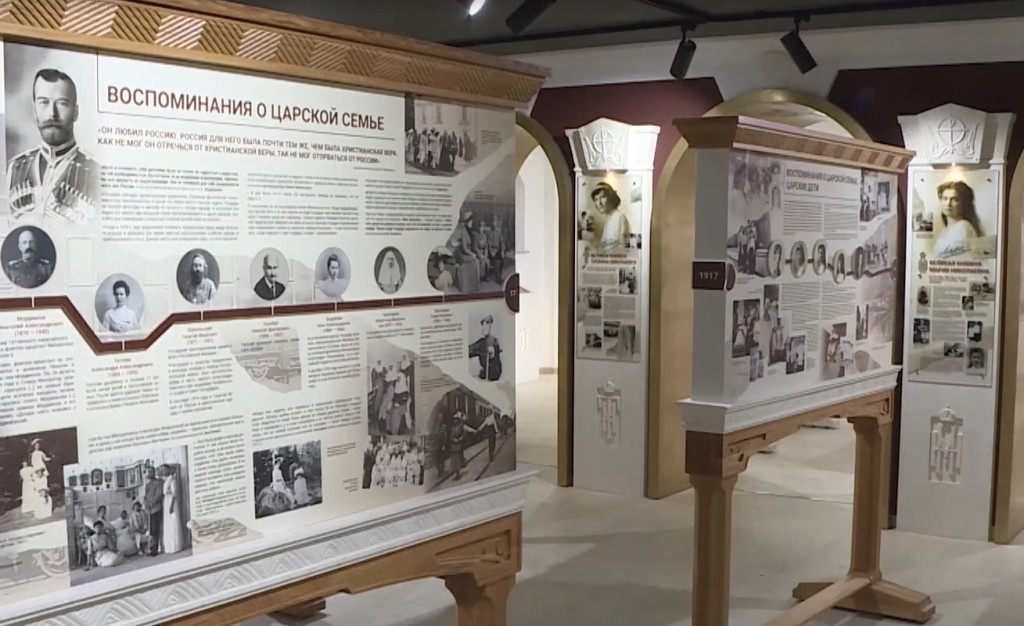
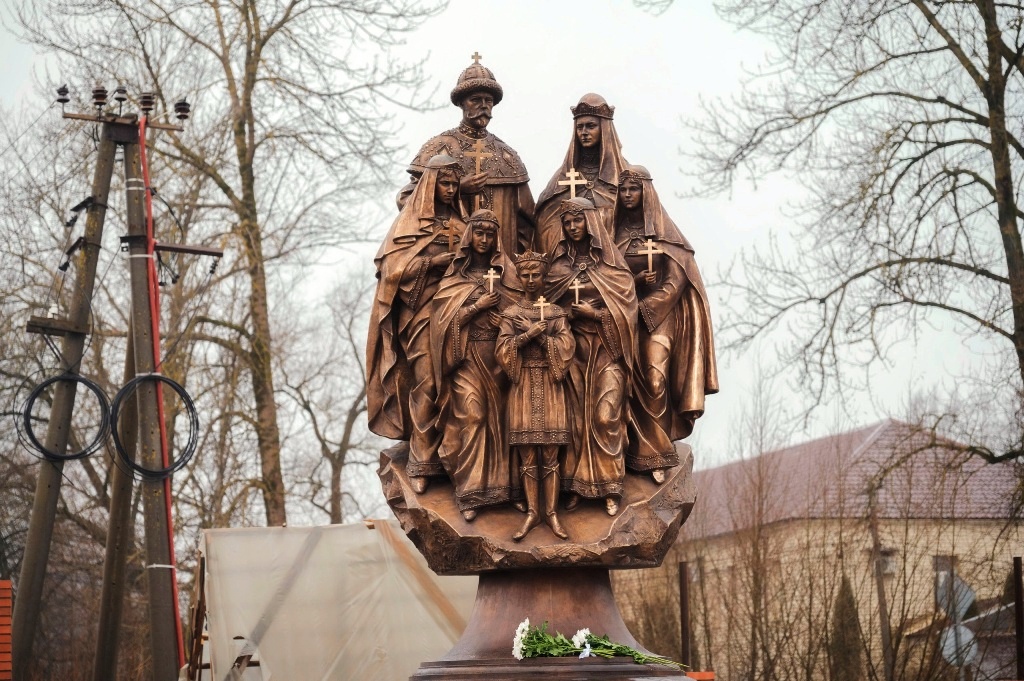
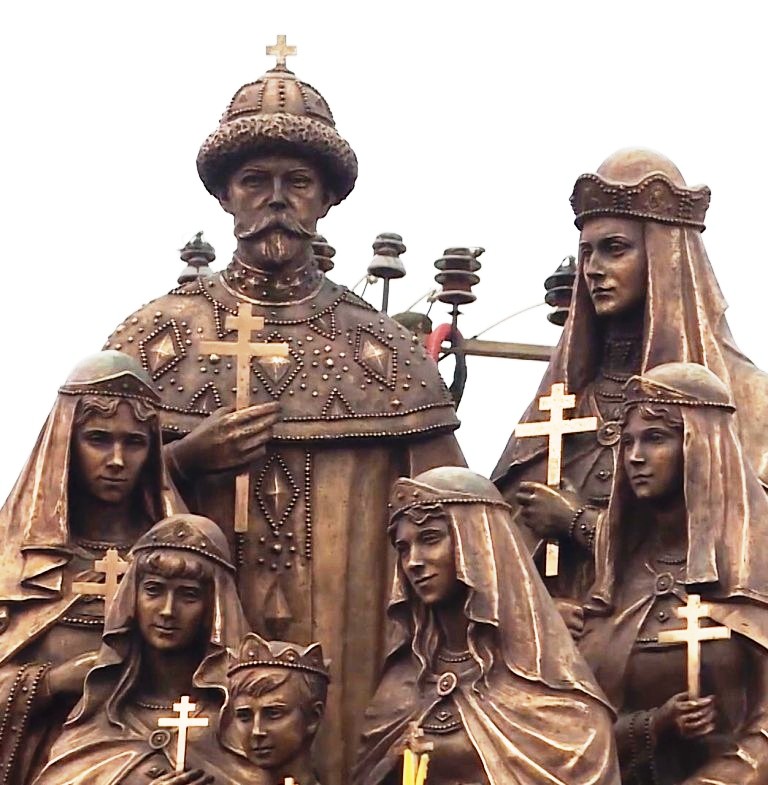
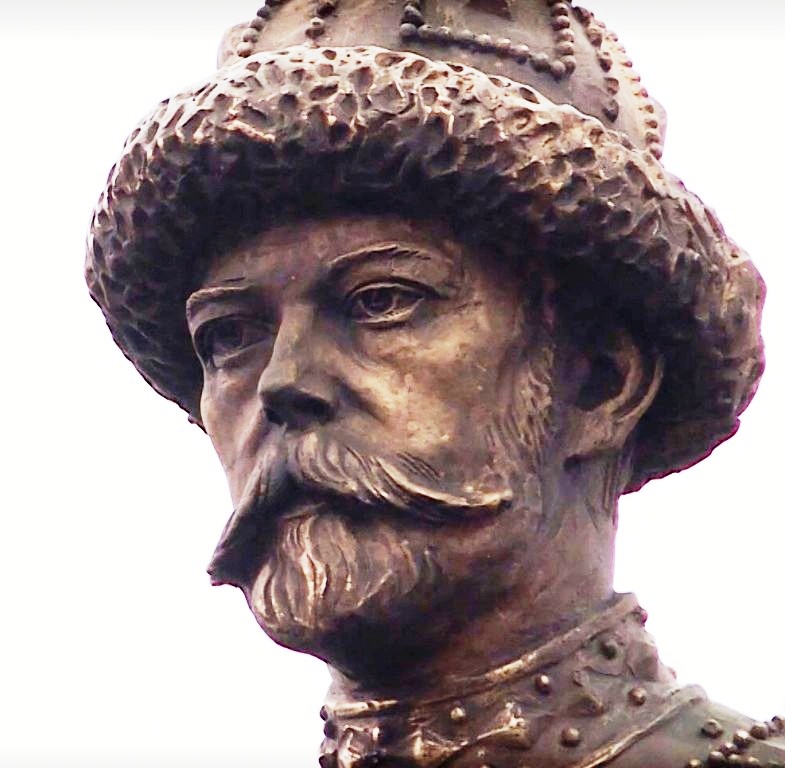
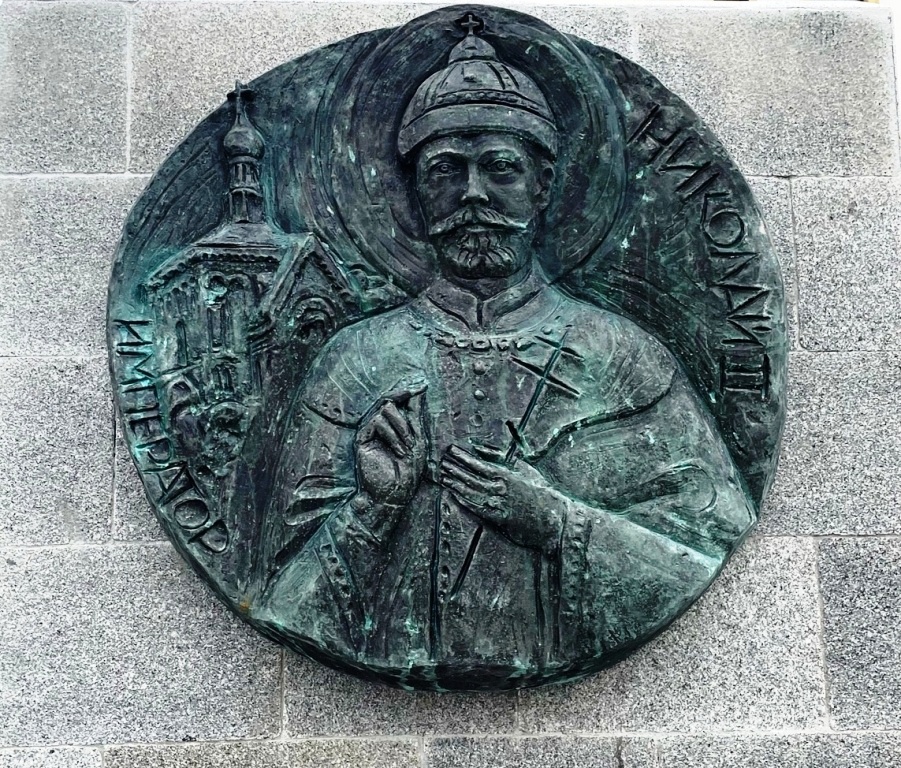
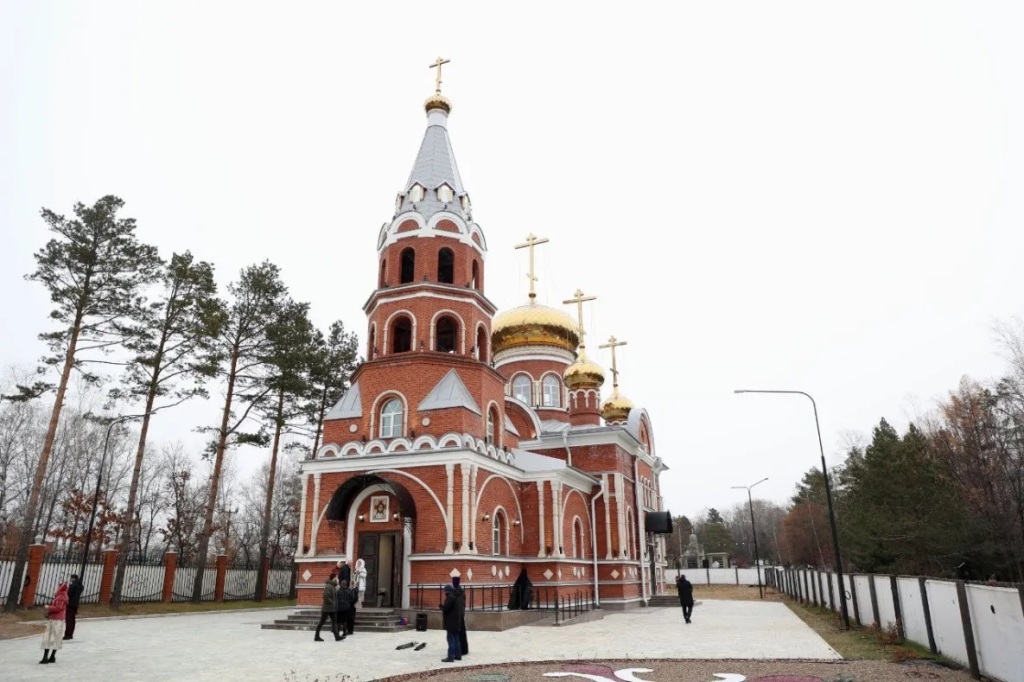
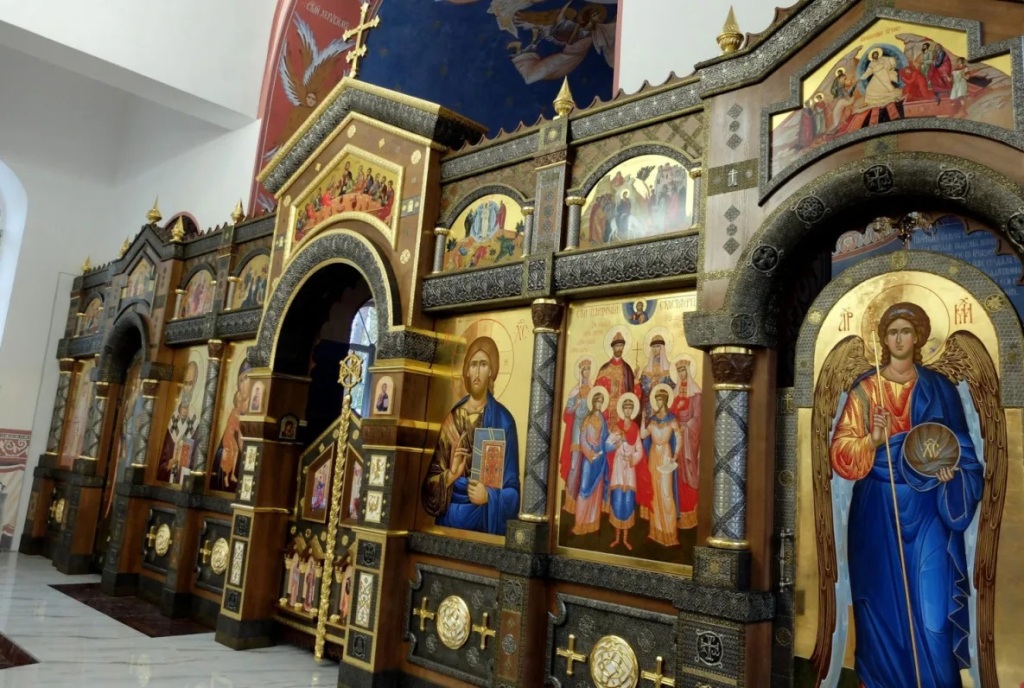
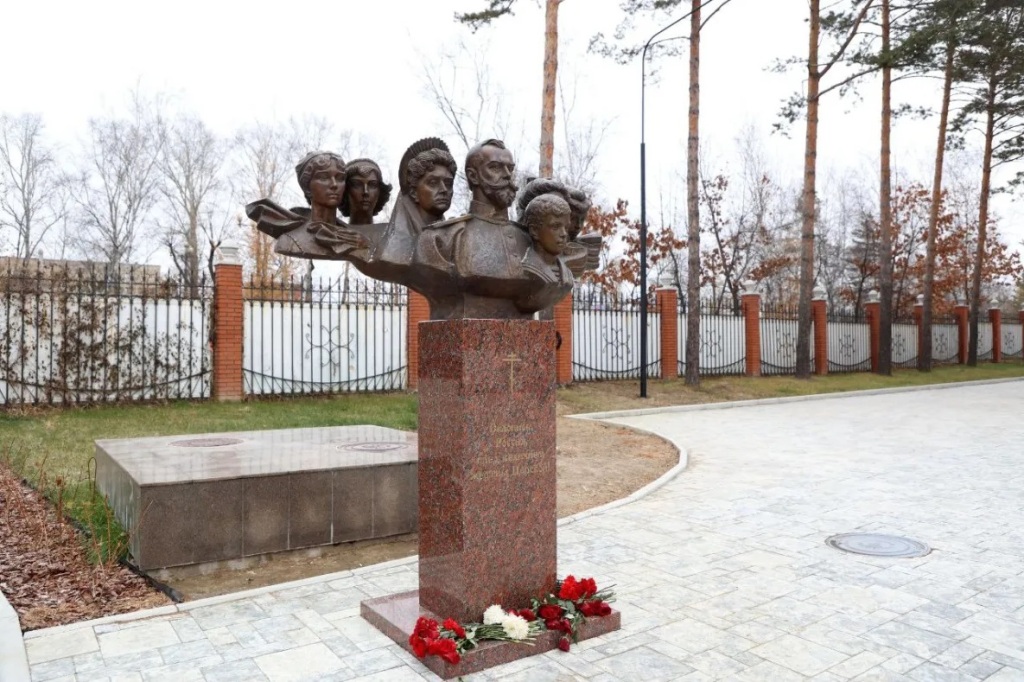

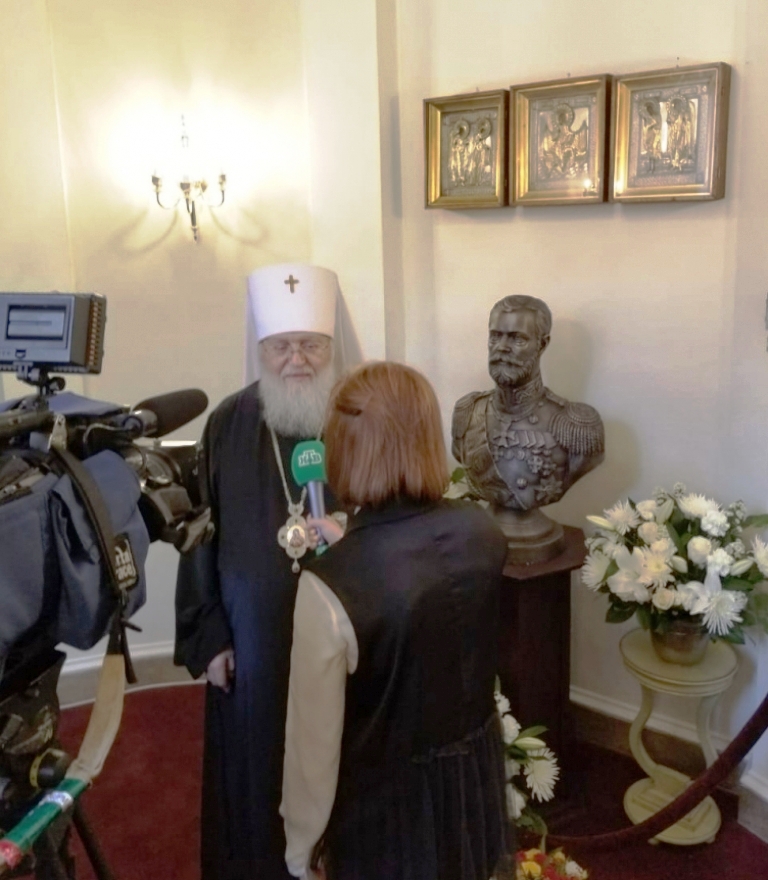
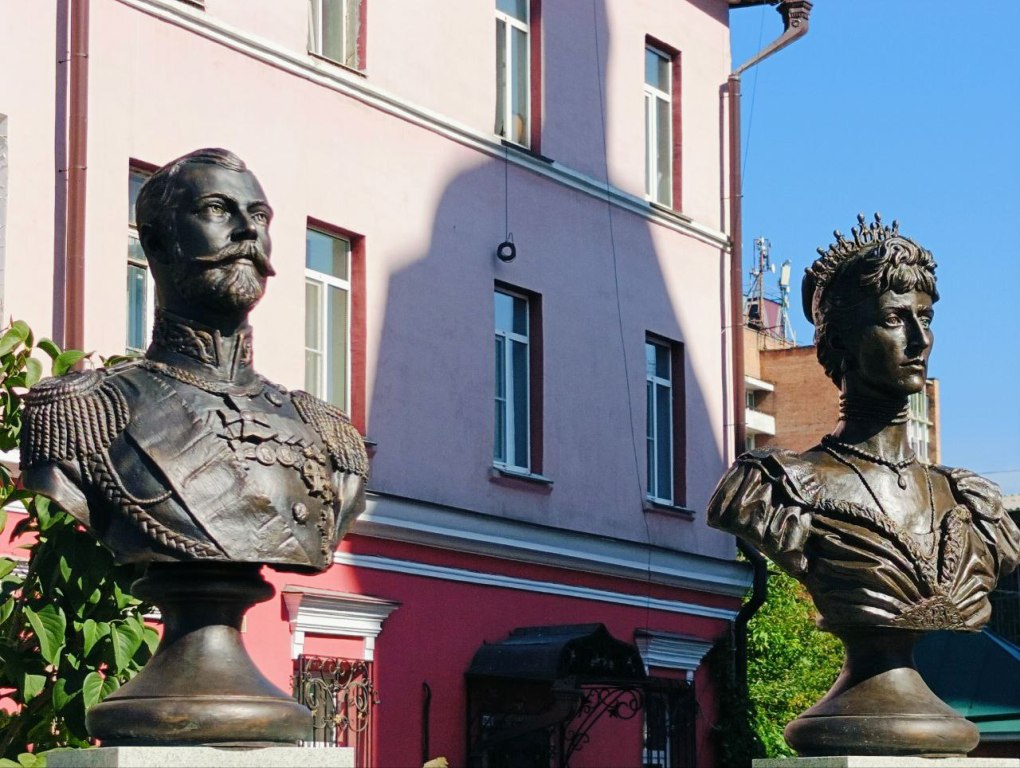
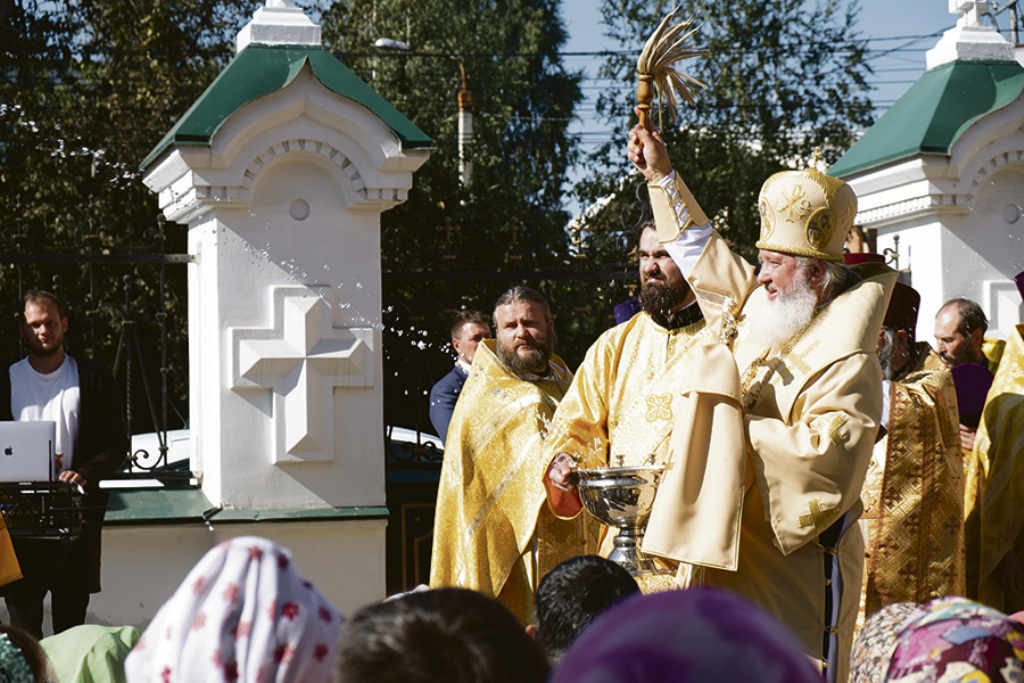
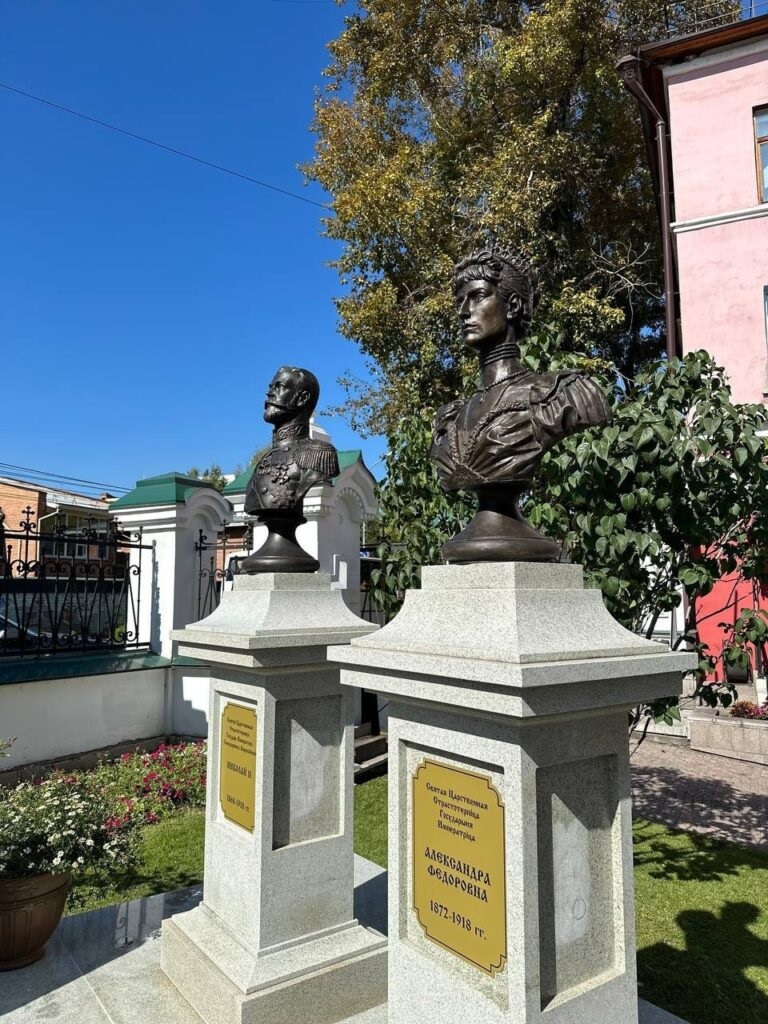
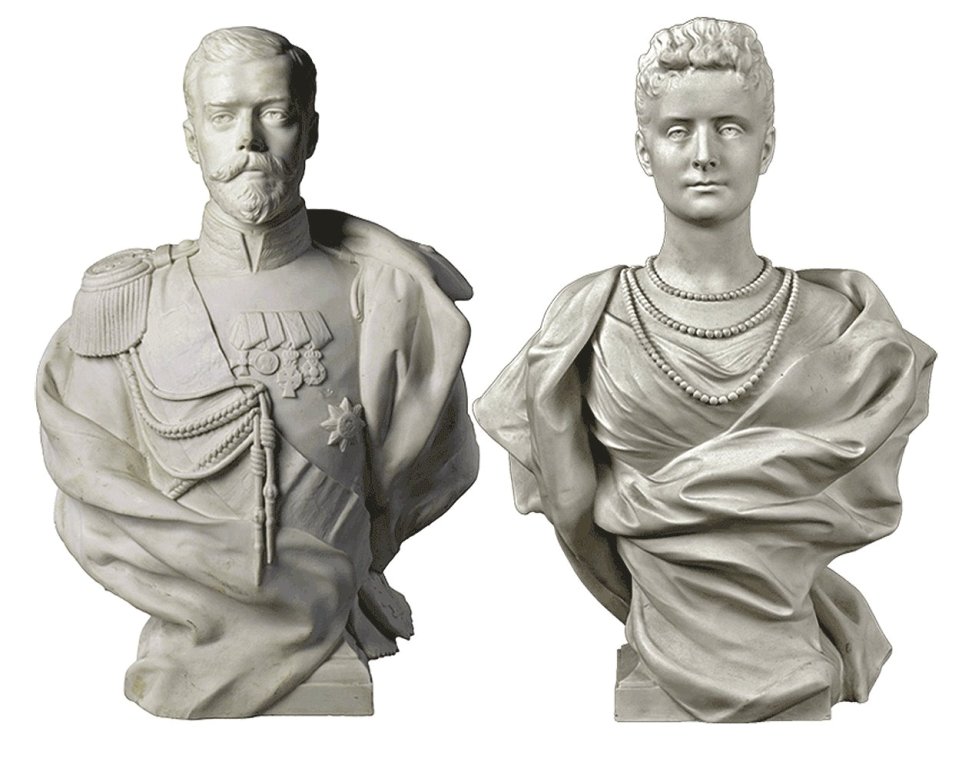

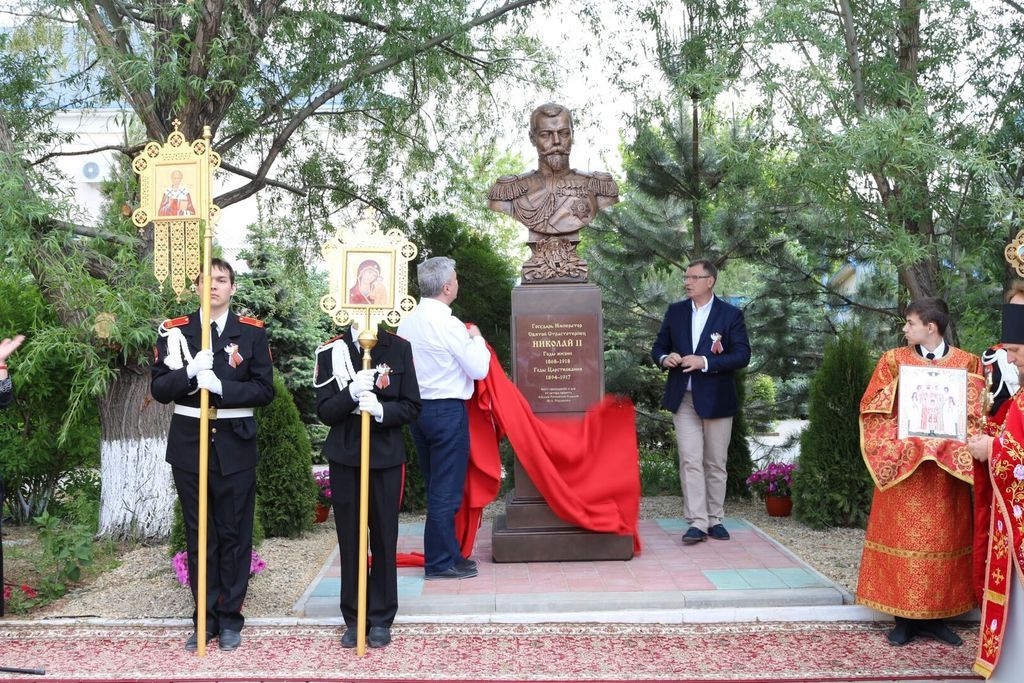
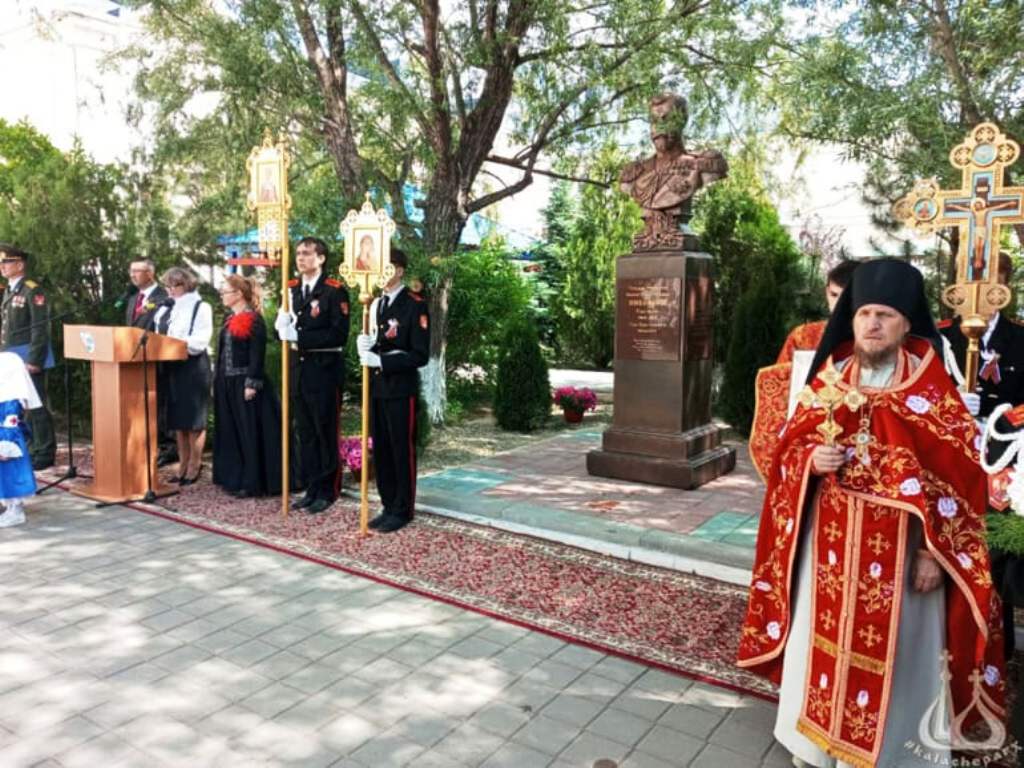
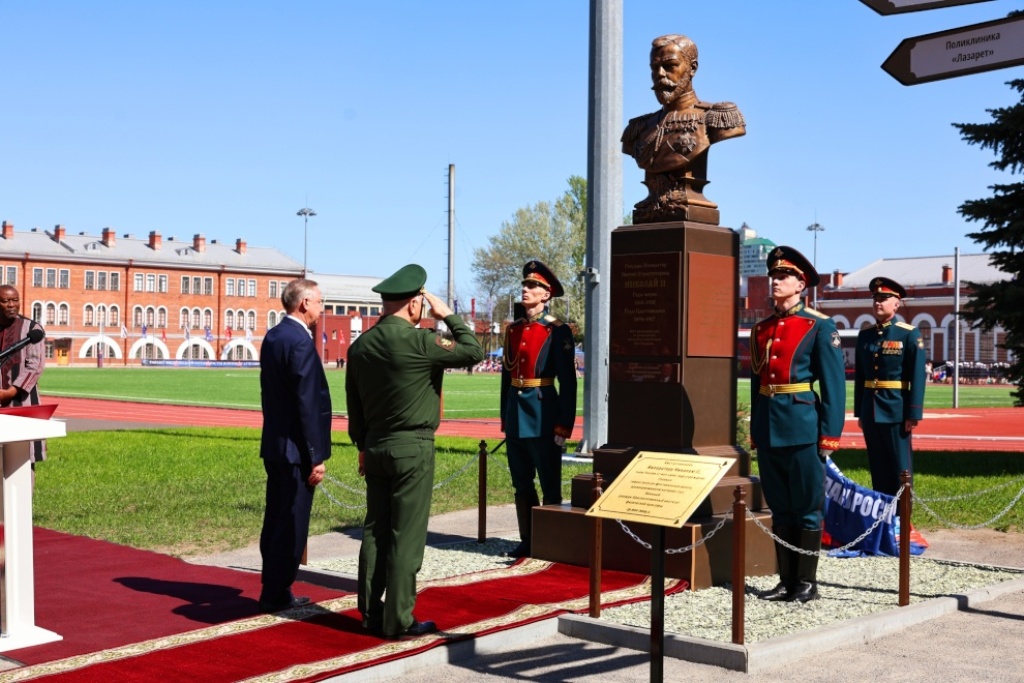
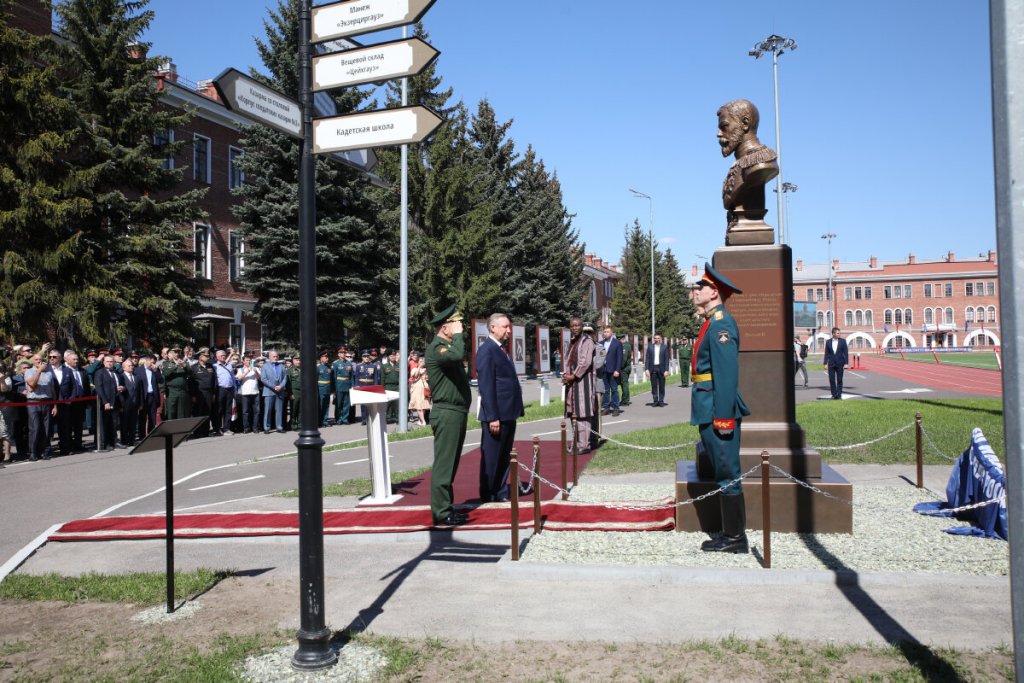
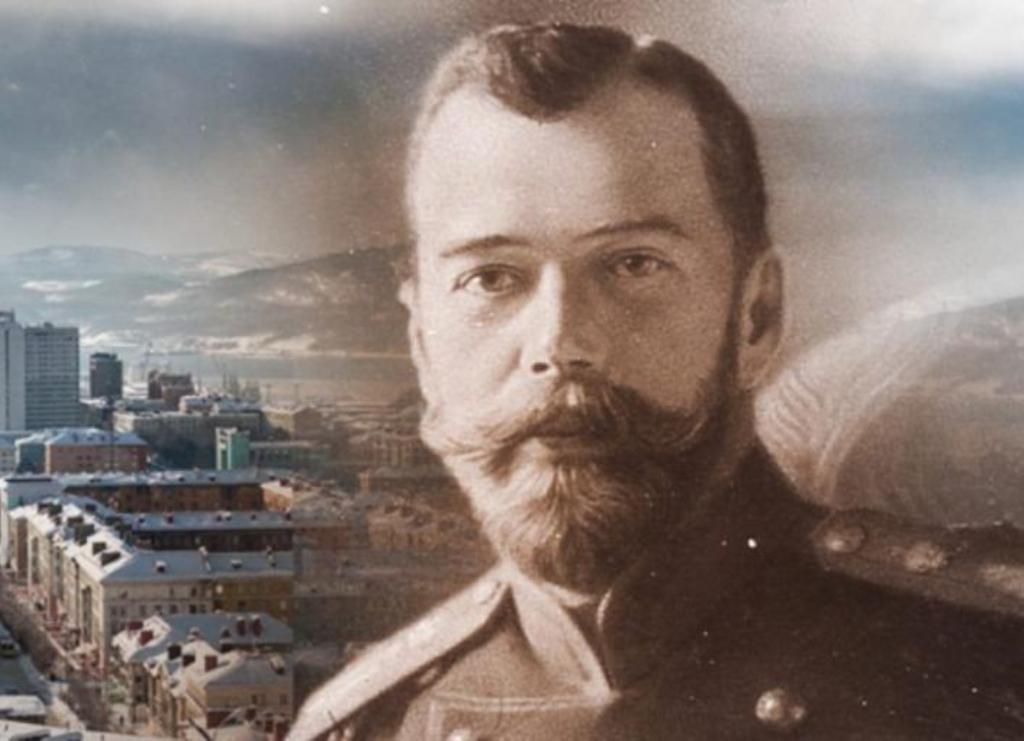
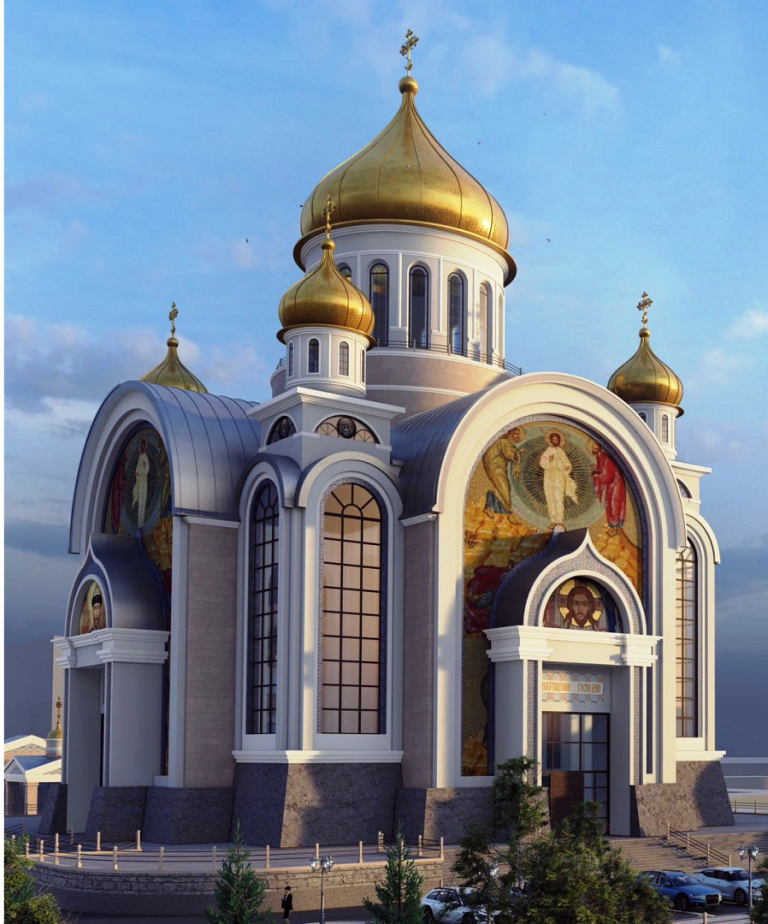

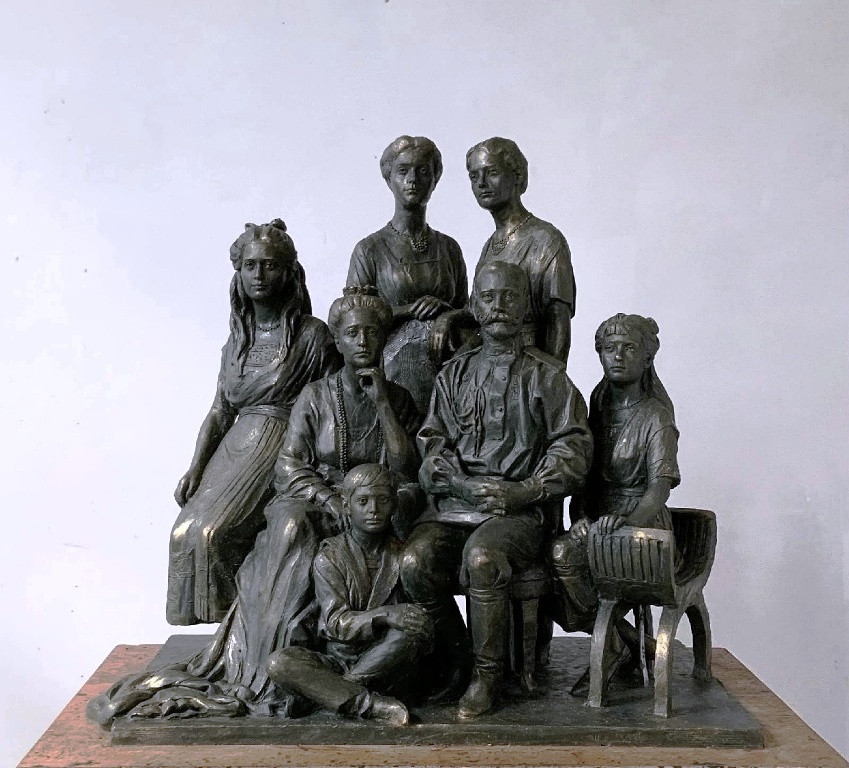
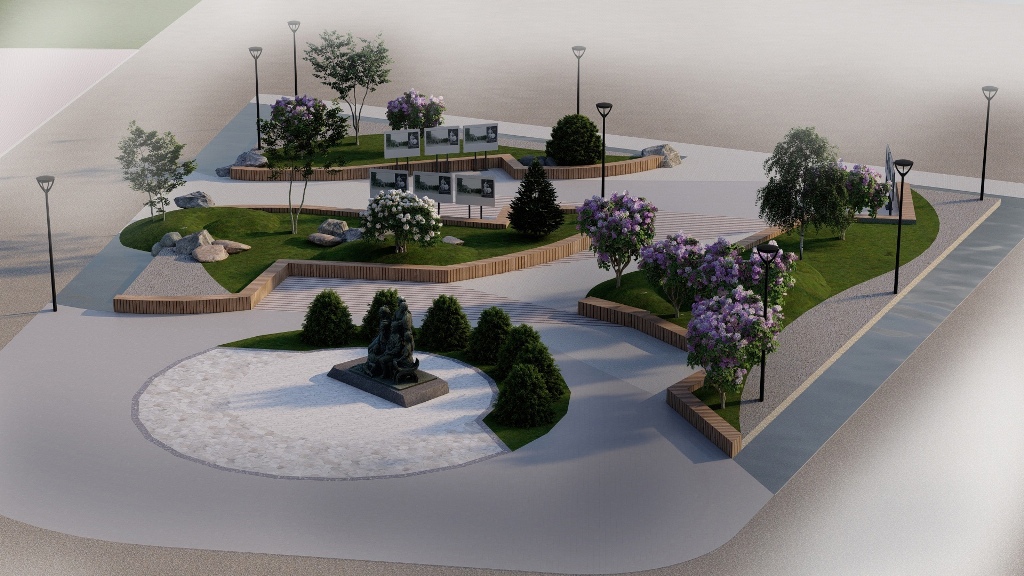
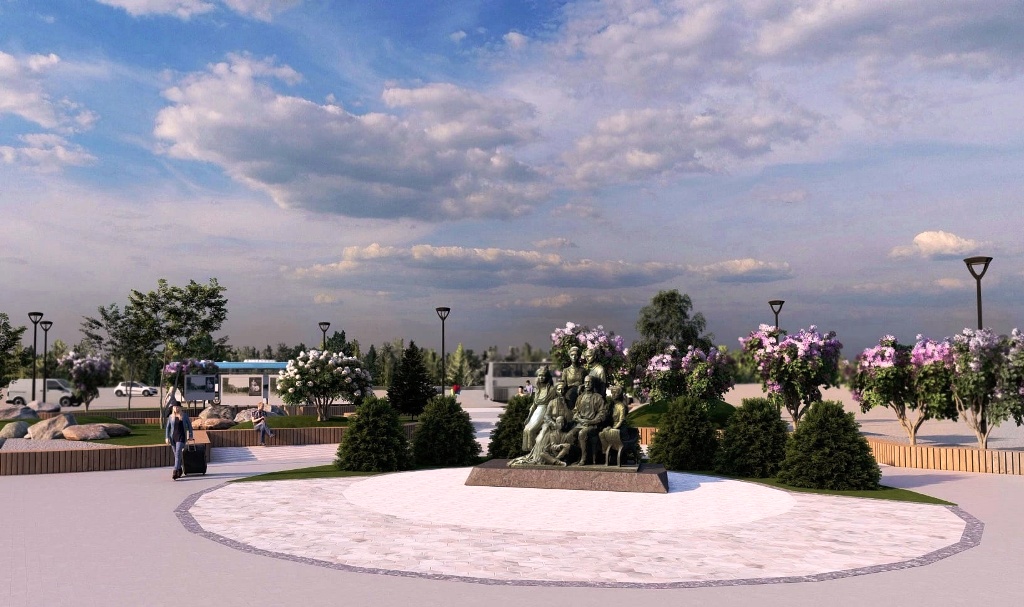
You must be logged in to post a comment.